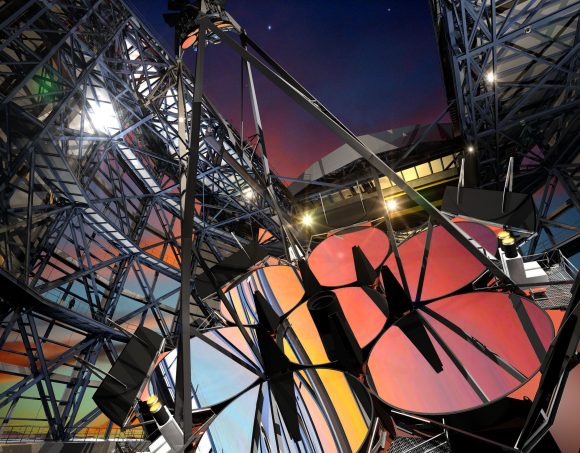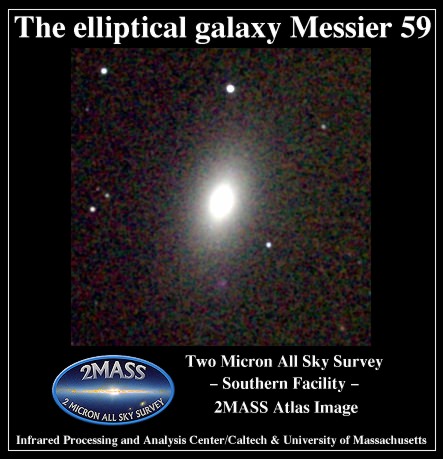They Just Began Casting the Giant Magellan Telescope’s 5th Mirror. What a Monster Job.
They Just Began Casting the Giant Magellan Telescope’s 5th Mirror. What a Monster Job. The fifth mirror for the Giant Magellan Telescope (GMT) is now being cast, according to an announcement from the Giant Magellan Telescope Organization (GMTO), the body behind the project. The GMT is a ground-breaking segmented telescope consisting of 7 gigantic mirrors, and is being built at the Las Campanas Observatory, in Atacama, Chile. The mirrors for the GMT are being cast at the Richard F. Caris Mirror Laboratory, at the University of Arizona. This lab is the world centre when it comes to building large mirrors for telescopes. But in aRead More →






